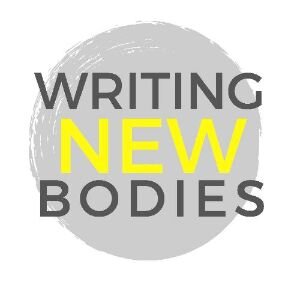Writing New Bodies: Critical Co-Design for 21st Century Digital-Born Bibliotherapy
| Funding Agency: | Social Sciences and Humanities Research Council of Canada Insight Grant |
|---|---|
| Principal Investigator: | Astrid Ensslin |
| Project URL: | https://sites.google.com/ualberta.ca/writingnewbodies/home/ |
Distress – self-hatred – anxiety: body image concerns severely affect the well-being of a generation coming of age immersed in visual, digital culture. This is particularly true for girls and young women. After all, despite benefiting from advancements in gender equality across various sectors of society, they still confront significant appearance-related pressures in many areas of their lives. Ironically, the very media that could help them develop ideals of diversity and resilience, commonly represent idealized, female-coded, cis-gendered, unrealistic bodies. Indeed, they often help reinforce problematic body image. This does not happen through passive consumption. Rather, individuals actively select and consume images and narratives that resonate with their fears and desires. These emotions are shaped in diverse social interactions. Likewise, individuals participate in shaping them in order to “fit in” and make themselves intelligible to others.
The “Writing New Bodies” project addresses these complex issues by developing a digital fiction – an interactive, literary story game – for a new, media-enhanced form of bibliotherapy – an intervention method that employs directed reading to help with psychological issues. The digital fiction is targeted specifically at body image concerns. It is aimed to encourage emotional and verbal engagement with some of the major challenges facing girls and young women today. These challenges include, for example, heteronormative gender relations, ableism, and familial influences on the ways girls “ought to look” (Rice 2014). Importantly, members of the target population will be key contributors to and benefactors of the research-creation process.
Through community co-design and feminist participatory action research, we aim to establish how our target population can both shape and benefit from the research-creation. How might the process itself help them reflect on body image concerns and build greater resilience? What specific themes should a feminist and social justice informed digital fiction engage with that focuses on aspects of body and body image, and appeals to a broad and diverse cross-section of young women (aged 18-25)? What kind of interactive and narrative design will appeal to them? What designs will benefit professional therapists, and how might our work lead to new forms of media-enhanced 21st century body image bibliotherapy?
The digital fiction will be developed, hosted and maintained by an award-winning feminist digital writer and game developer, who has collaborated with members of the research team in the past. Design ideas will be crowdsourced to the target populations of young women and professional bibliotherapists. Based on their responses, the digital fiction will be built in cooperative co-design iterations. During this process, participants and researchers will act as play testers. They will inform and critically engage with the creative process and their bodily selves throughout.

